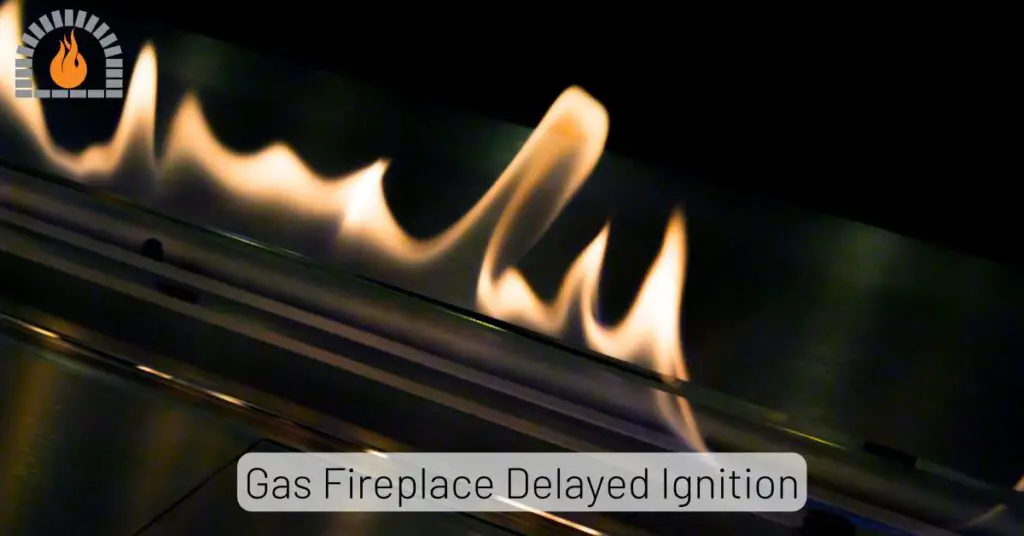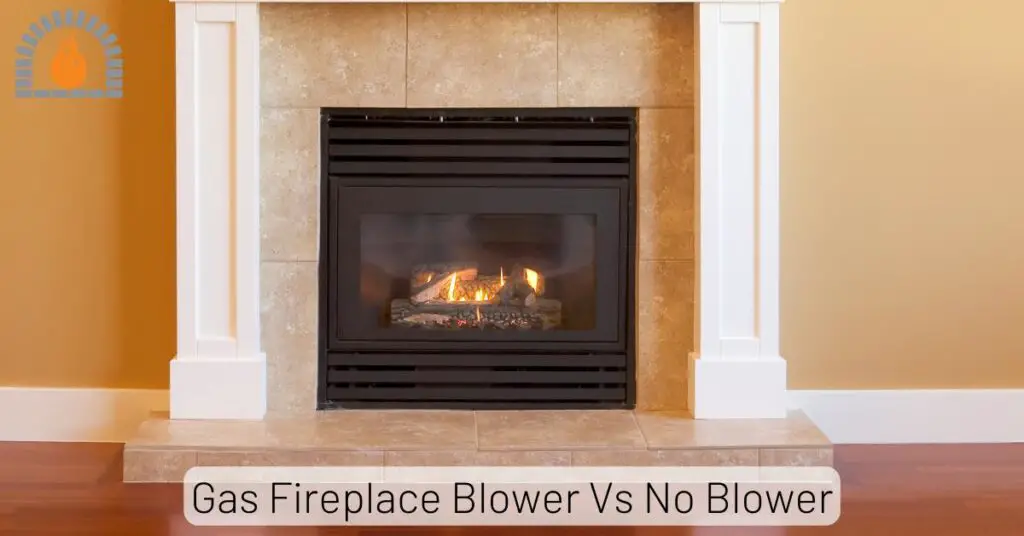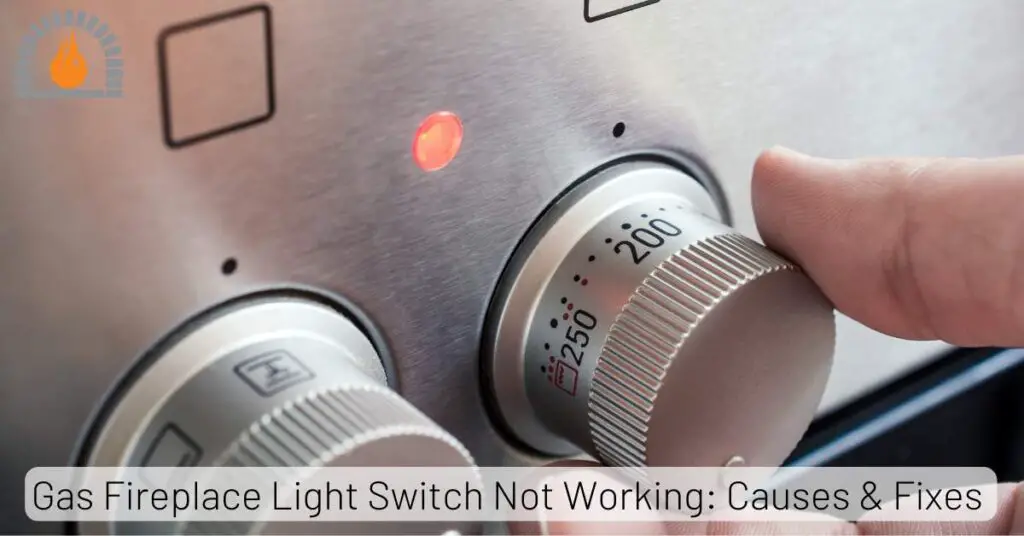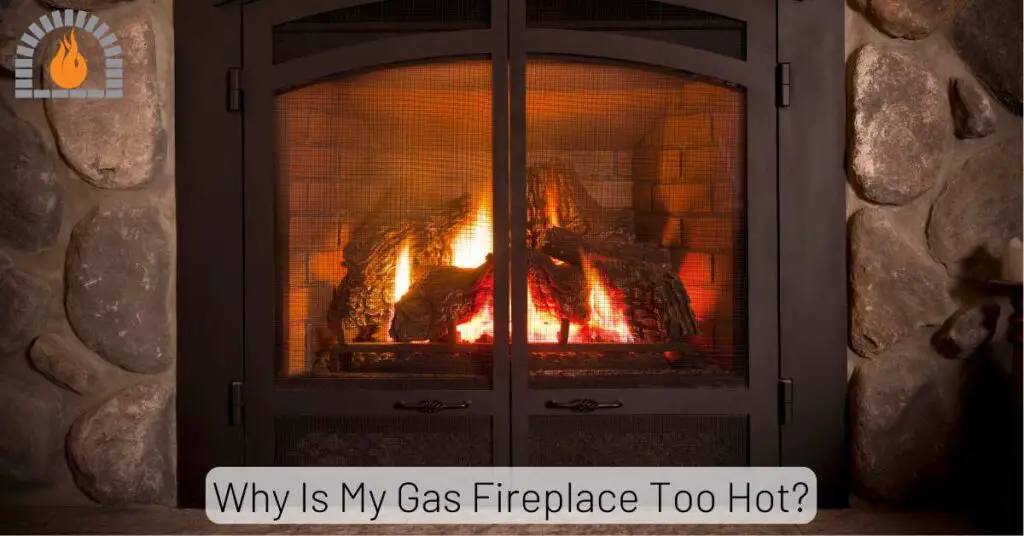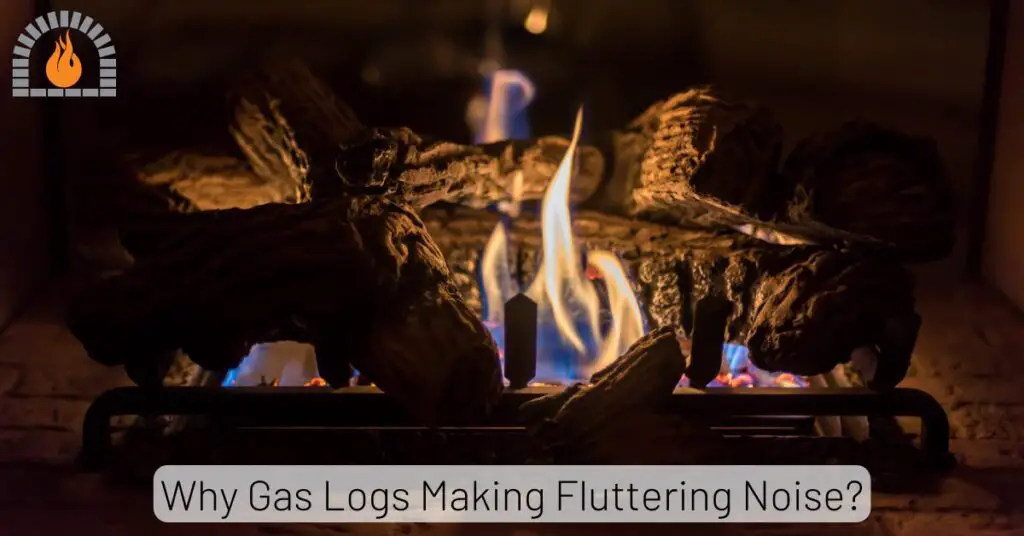If your gas fireplace isn’t staying lit, one of the most likely culprits is a faulty thermocouple. This small but essential component plays a huge role in keeping your fireplace safe and efficient. In this guide, we’ll dive into the most common gas fireplace thermocouple problems, how to identify them, and how to fix them.
What Is a Gas Fireplace Thermocouple?
A gas fireplace thermocouple is a safety device in your gas fireplace that ensures gas flow only occurs when the pilot light is on. It’s a metal rod that connects to the gas valve and detects heat from the pilot flame. If it senses that the pilot light is out, it shuts off the gas supply to prevent dangerous gas leaks.
Without a properly functioning thermocouple, your fireplace won’t stay lit, which is why diagnosing thermocouple issues is essential.
Importance of a Thermocouple in a Gas Fireplace
The thermocouple’s primary function is safety. It acts as a fail-safe to stop gas flow if the pilot light goes out. Here’s why it’s important:
- Prevents gas leaks
- Keeps the fireplace operating efficiently
- Protects against fire hazards
Ignoring thermocouple problems can lead to more severe issues, including gas buildup or complete failure of your fireplace to ignite.
How Does a Gas Fireplace Thermocouple Work?
To understand why thermocouples fail, you first need to know how they work.
When the pilot light is lit, the thermocouple heats up and generates a small electrical voltage. This voltage signals the gas valve to stay open. If the thermocouple doesn’t generate voltage, the gas valve shuts off automatically, cutting off the gas supply to your fireplace.
Most Common Gas Fireplace Thermocouple Problems
1. Thermocouple Not Generating Voltage
Causes:
- Faulty thermocouple
- Worn-out wiring
- Pilot flame not hot enough
Symptoms:
- Fireplace won’t stay lit
- Pilot light keeps going out
- No voltage detected during testing
Fix:
- Check and adjust the pilot flame
- Test the thermocouple’s voltage with a multimeter
- Replace the thermocouple if necessary
2. Dirty or Corroded Thermocouple
Causes:
- Accumulation of dirt and soot
- Exposure to moisture, causing rust
Symptoms:
- Pilot light flickers or goes out
- Fireplace struggles to stay lit
- Discoloration on the thermocouple
Fix:
- Clean the thermocouple using a fine sandpaper or steel wool
- Wipe down with a cloth to remove any remaining debris
3. Loose Thermocouple Connections
Causes:
- Vibration or movement over time
- Improper installation
Symptoms:
- Pilot light goes out unexpectedly
- Inconsistent gas flow
Fix:
- Tighten the thermocouple connection to the gas valve
- Ensure the thermocouple is properly positioned near the pilot flame
4. Broken or Cracked Thermocouple
Causes:
- Physical damage
- Wear and tear over time
Symptoms:
- Pilot light won’t ignite
- No voltage detected during testing
Fix:
- Replace the thermocouple with a new one
5. Worn-Out Thermocouple Over Time
Causes:
- Natural wear and tear
- Frequent use of the fireplace
Symptoms:
- Pilot light fails to stay on
- Fireplace becomes unreliable
Fix:
- Replace the thermocouple with a new one
Step-by-Step Fixes for Gas Fireplace Thermocouple Issues
How to Clean a Dirty Thermocouple
- Turn off the gas supply to your fireplace.
- Use a soft cloth to wipe away any dirt or debris.
- Use fine sandpaper or steel wool to gently clean the thermocouple.
- Reattach the thermocouple and relight the pilot light.
How to Tighten Loose Connections
- Turn off the gas supply.
- Locate the thermocouple connection on the gas valve.
- Use a wrench to tighten the connection securely.
- Turn the gas back on and test the pilot light.
How to Test the Thermocouple’s Voltage
- Set your multimeter to millivolts (mV).
- Light the pilot light and hold the multimeter probes to the thermocouple.
- A healthy thermocouple should generate 25-30 mV.
- If the voltage is lower, consider replacing the thermocouple.
Replacing a Broken Thermocouple
- Turn off the gas and disconnect the thermocouple from the gas valve.
- Remove the old thermocouple and replace it with a new one.
- Secure the connections and test the pilot light.
When to Call a Professional Technician
If you’ve tried all the troubleshooting steps but your gas fireplace still won’t stay lit, it’s time to call a professional. Certain thermocouple issues may involve deeper problems with the gas valve, pilot assembly, or wiring, which require specialized tools and expertise.
A technician will:
- Inspect the entire pilot system.
- Test for gas flow issues.
- Ensure the thermocouple is positioned correctly.
- Check for wiring problems or faulty valves.
Tip: Always prioritize safety. If you smell gas or suspect a leak, turn off the gas supply immediately and call for professional help.
Tools You’ll Need for Gas Fireplace Thermocouple Repairs
Before you start repairing your gas fireplace thermocouple, gather the necessary tools to make the job easier.
Essential Tools for Thermocouple Repairs
- Multimeter: To check the voltage output of the thermocouple.
- Wrench: For loosening and tightening connections.
- Steel Wool or Sandpaper: To clean dirt or corrosion from the thermocouple.
- Screwdriver: To remove and reattach the thermocouple.
- Replacement Thermocouple: In case your current one needs replacing.
Safety Precautions Before Repairs
Working with gas appliances can be risky if you don’t take proper precautions. Always follow these safety tips:
- Ensure the gas supply is completely off before starting any repairs.
- The thermocouple can get extremely hot. Wait until it cools down before handling it.
- Protect your hands from sharp tools and hot surfaces.
- Make sure the area is well-ventilated to avoid gas buildup.
FAQs
How Long Does a Gas Fireplace Thermocouple Last?
A thermocouple typically lasts between 5 to 10 years, depending on usage and maintenance. Over time, it can wear out or become less efficient, requiring replacement.
Can I Fix a Thermocouple Myself?
Yes, you can fix a thermocouple yourself if the issue is minor, such as cleaning dirt or tightening a loose connection. However, if the thermocouple is damaged or broken, it’s best to replace it. For more complex issues, call a professional.
How Much Does It Cost to Replace a Thermocouple?
The cost to replace a thermocouple ranges from $10 to $20 for the part itself. If you hire a professional, labor costs can add an additional $50 to $150, depending on your location and the complexity of the repair.
Why Does My Fireplace Keep Going Out?
If your gas fireplace keeps going out, it’s likely due to a faulty thermocouple. Other possible causes include:
Dirty pilot light
Gas supply issues
Faulty gas valve
What’s the Difference Between a Thermopile and a Thermocouple?
Both devices are used in gas fireplaces, but they serve different purposes:
A thermocouple generates a small electrical voltage to keep the gas valve open.
A thermopile generates more power and is typically used to power the fireplace’s electronic components.
Final Thoughts
The thermocouple is a crucial part of your gas fireplace’s safety system. When it fails, your fireplace won’t stay lit, causing inconvenience and potential safety risks. Fortunately, many common thermocouple problems, such as dirty or loose connections, can be fixed with a bit of troubleshooting.
However, if you encounter more serious issues or aren’t comfortable making repairs yourself, don’t hesitate to call a professional technician. With regular maintenance and inspections, you can keep your gas fireplace running smoothly and safely for years to come.
Affiliate Disclosure: Fireplaceadviser.com is a participant in the Amazon Services LLC Associates Program. We may earn a commission when you click on certain links on this site and purchase.

Hello!! I am Jamal Khan. I often fix my home electric heaters and gas stove problems and research the common issues in the heating units to improve my knowledge and expertise. The aim of establishing fireplaceadviser.com is to share my expertise and knowledge with my audience.







